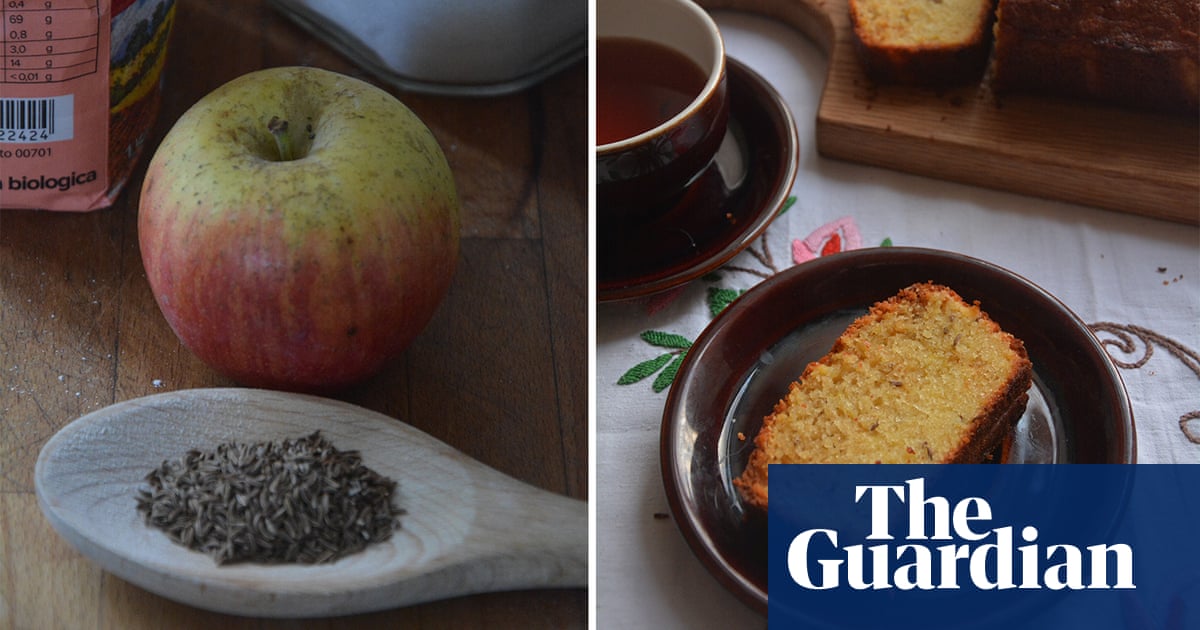
Plants in the umbelliferae family are easy to spot. They look like umbrellas, or parasols, with straight stems that, at a certain point, split into spokes that hold a lacy blossom cap. Identifying which member of the family you’ve spotted is another matter for most. It could be carrot, parsnip, celery, anise, coriander, cumin, fennel, parsley, dill, lovage, chervil, angelica or caraway, all of which have various wild and cultivated forms, some small, some gigantic. Last summer, a friend’s chervil was knee-high, while in Sicily we saw false fennel that could have been a parasol for a giant’s wedding. The lacy cap could also be poison hemlock, AKA poison parsley or devil’s bread, which is why picking feathery leaves or pulling roots of unidentified umbelliferae is not recommended.
The tiny blossoms on that lacy cap bloom before they shrivel, leaving a tiny fruit, at which point the umbrellas are less Victorian ladies’ and more 70s rattan furniture: spokes topped with beads. In the case of caraway, the fruit dries from golden yellow to a warm, brown crescent with five ridges – so, while we say caraway seeds, they are actually tiny seeded fruits. They have a complex flavour: aniseed, yes, something of cumin and pepper, too, and also wood with a bit of resin, which makes them warm and sweet. And generously good, roaming far and wide in the kitchen, in rye bread and buns, and with pork, duck, lentils, cabbage, cheese, eggs and apples. Writing all this is a bit disingenuous; I’m making myself out to be a constant caraway user, when in reality the jar of caraway gets pushed to the back of the cupboard as boxes of relaxing tea are added to it.
Or was. Thank you, Irina Georgescu, for your impressive and fascinating book of Romanian and eastern European baking, Tava, and especially for your apple and caraway cake, which has brought the caraway jar not just to the front of the cupboard, but out of it and on to the worktop next to the jar of dried red chillies. Apple and caraway is my new “coat-on” cake. That is, the one I start making as soon as I get through the front door, turning on the oven and fetching the butter even before I take off my coat, and then, once I have, it comes together quickly. Although that is disingenuous, too, because I work at home, so what I mean by coat-on cake is the one I make all the time, that comes together easily with ingredients I always have. The cake can be made while I brew a cup of tea, seems impervious to my mood swings and is constant. It smells like heaven, and tastes like it, too.
There is good cake here for a family of two; any more, and there is a good chance you will argue over the ends, which, thanks to the butter, grated apple and long baking, are firm and crisp. The grated apple also gives the cake a soft texture, while the caraway seeds are flecks of warmth, also good for digestion, meaning this cake is a certified tonic. I highly recommend making it.
Irina Georgescu’s apple and caraway loaf cake
Prep 5 min
Cook 50 min
Serves 8
150g butter, at room temperature
150g caster sugar
2 large eggs
200g apples (to yield about 150g grated apple)
1 tbsp toasted caraway seeds
150g plain flour
2 tsp baking powder
Heat the oven to 180C (160C fan)/350F/gas 4 and grease and line a 10cm x 21cm loaf tin with baking paper.
In a large bowl, beat the butter and sugar until pale and light. Beat in the eggs one by one, then grate the unpeeled apple directly into the bowl, discarding the core (s). Stir in the caraway seeds, flour and baking powder, and beat well.
Scrape the mixture into the lined tin and bake on a tray in the middle of the oven for 50 minutes, until golden and a strand of spaghetti comes out clean. Keep an eye on it, though: if the cake seems to be browning too quickly, cover lightly with foil. Leave to cool completely before removing from its tin.












